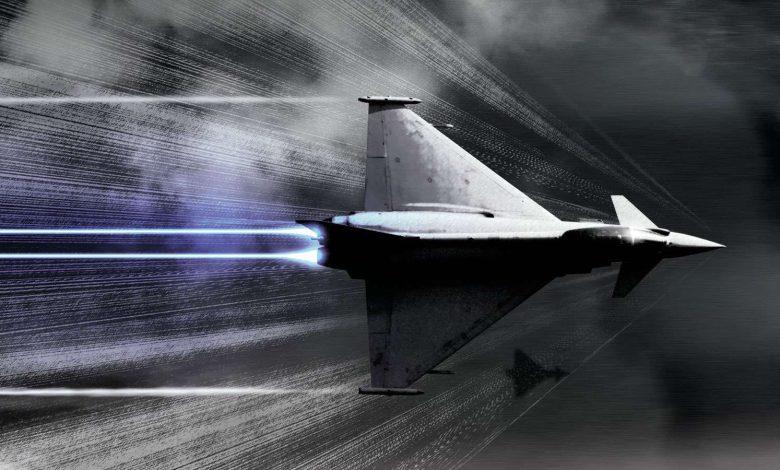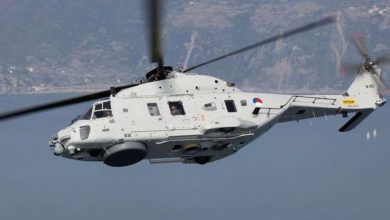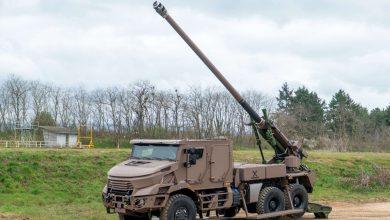
“Exploring Tomorrow: The Eurofighter Typhoon’s Revolutionary Electronic Warfare Breakthrough—No Airframe Modifications Required!”
The EuroDASS coalition, the industrial partnership guiding the Eurofighter Typhoon’s ‘Praetorian’ defensive system, has shared valuable information regarding the upcoming generation of Typhoon sensing and jamming capabilities following the completion of conceptual development and technology flight trials. EuroDASS partners—Leonardo, ELT Group, Indra, and Hensoldt—drawing upon Europe’s autonomous electronic warfare expertise, are collaborating with systems integrator BAE Systems to enhance the system in support of its Typhoon Next Generation project.
The advanced electronic warfare structure will future-proof the Typhoon against emerging and evolving threats extending up to 2060 and beyond, improving situational awareness and enhancing survivability.
Essential features will include advanced threat characterization, Digital Radio Frequency Memory (DRFM) functionalities, and the addition of interfaces for an external, high-powered electronic attack pod for Suppression of Enemy Air Defenses (SEAD) missions; a critical NATO requirement. Wideband Active Electronically Scanned Array (AESA) Electronic Counter-Measures (ECM) will be provided with increased power for self-protection.
This groundbreaking system will function as a form-fit retrofit option for Typhoon’s operational Defensive Aids Sub-System (DASS), referred to as Praetorian, named after the elite Roman guard units. It will not modify the external shape of the Typhoon and will not impose restrictions on the existing flight range. This minimizes aircraft clearance and guarantees smooth integration for new builds as well as retrofitting to current models. The Typhoon will become more capable, more survivable, and more accessible, meeting the operational requirements of air forces across Europe and the Middle East for years to come.
The EuroDASS group has already made significant strides in the development of the next-generation system, including the ‘Praetorian eVolution’ conceptual phase and flight tests of component elements of the new capability.
After finalizing the concepts, tests in 2023 involved deploying digital receiver and band extension technologies on a test aircraft. Following that, in 2024, successful flight assessments onboard a Eurofighter Typhoon were conducted. In addition to advancing capabilities, partners compiled extensive data on common threat scenarios to assist in further improvements.
As risks to combat aircraft are expected to rapidly evolve in the coming decades, the Typhoon’s revolutionary defensive functionalities are being designed with a data-centric architecture at its core.
This involves the supply of rapid, high-bandwidth infrastructure to transmit raw signal data to an advanced central processing unit. This will enable pilots to identify and prioritize multiple complex threats simultaneously, even at long distances. Cognitive Electronic Warfare (CEW), utilizing AI and machine learning, will leverage the high-fidelity data collected, adapting to emerging threats as they appear.
The in-service Praetorian system has defended the aircraft for over 30 years from dangers such as Infra-Red (IR/heat-seeking) and radar-guided missiles. Under the ongoing Eurofighter four-nation Phase 4 Enhancement (P4E) initiative, this system is undergoing enhancements to optimize its integration with Typhoon’s AESA radar solutions, including the operational European Common Radar System (ECRS).







